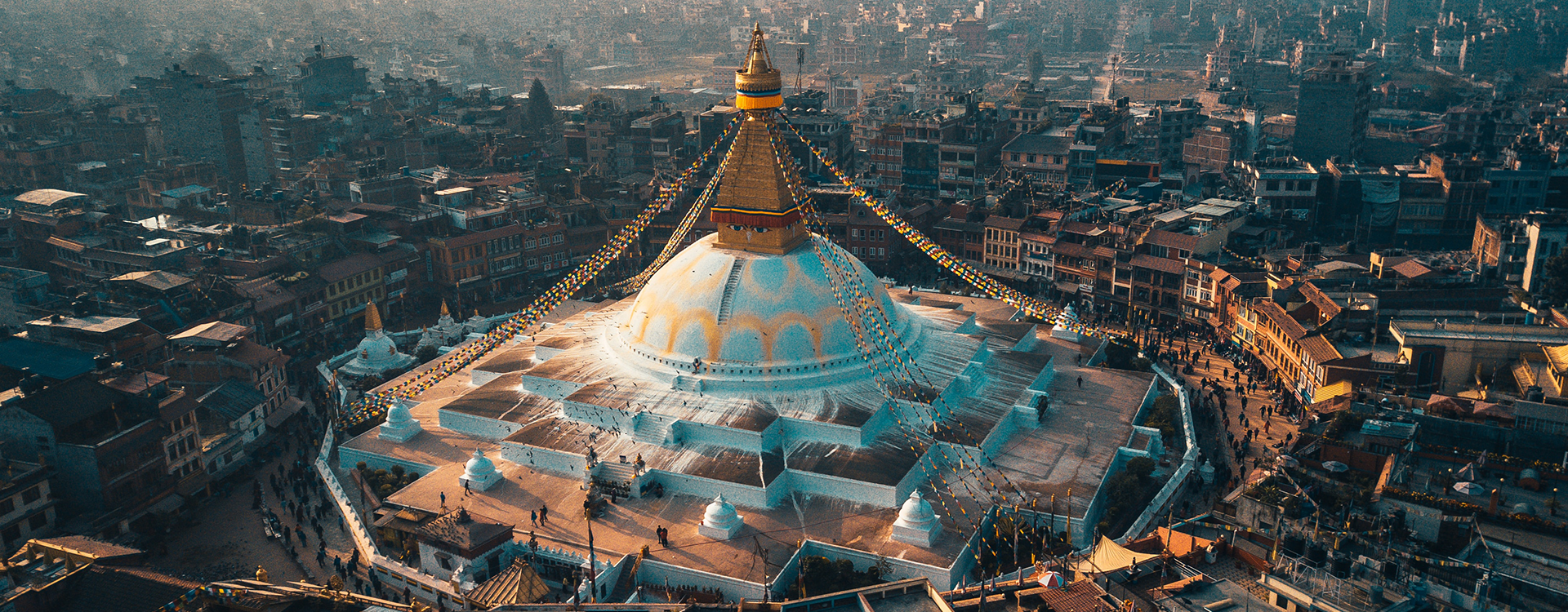
Located in northern Himalayan region, Everest region is renowned for its high mountains and ethical Sherpa tribes. Home of world’s greatest peak Mt Everest and brave Sherpas, Everest region has a breathtaking landscape, beautiful sceneries. No access to the road network, the only way to get to this region is Lukla Airport which is also known to be most challenging airport in the world. So, we can understand the level of excitement and adventure from the starting of this point. Everest region has stored world-famous trekking route AKA Everest Base camp trekking route and Everest Expeditions. Let’s find more about Everest Region.
Everest region has stored world-famous trekking route AKA Everest Base camp trekking route and Everest Expeditions. Let’s find more about Everest Region
Yes, solo female travelers can trek in Nepal. However, it's advisable to take precautions and follow general safety guidelines. Hiring a licensed guide, joining a trekking group, or trekking with other travelers can enhance safety and provide a sense of security. It's also recommended to dress modestly, be cautious of your surroundings, and inform someone about your trekking plans.
The best time for trekking in Nepal is during the spring (March to May) and autumn (September to November) seasons. These months generally offer stable weather, clear skies, and moderate temperatures. However, some treks can be done in winter and summer as well, depending on the region and difficulty level.
A reasonable level of physical preparedness and endurance is needed for Nepalese trekking. Although the level of fitness needed varies depending on the trek, it is advised to exercise regularly, such as by hiking, walking, jogging, or cycling, to get your body ready for the trek. Before engaging in any severe physical activity, it is advised to speak with a healthcare provider and a physical trainer.
Sturdy and comfortable hiking boots, appropriate clothing for both warm and cold weather, a backpack, sleeping bag, trekking poles, a first aid kit, water bottles, toiletries, and sunscreen are all necessary items to carry while trekking in Nepal. While it's crucial to travel lightly, make sure you have the right equipment for the walk-in order to stay secure and comfortable.
Accommodation during treks in Nepal typically consists of teahouses or lodges. These are basic, mountain guesthouses that provide rooms with twin beds or dormitory-style accommodations. Blankets and pillows are usually provided, but it's advisable to carry a sleeping bag for extra warmth and comfort. The teahouses also have communal dining areas where trekkers can enjoy meals and interact with fellow travelers.
Altitude sickness, or acute mountain sickness (AMS), is a common concern during high-altitude treks in Nepal. It can affect anyone, regardless of age or fitness level. It's important to acclimatize properly by ascending gradually, drinking plenty of water, avoiding alcohol and sleeping pills, and listening to your body. Familiarize yourself with the symptoms of AMS and descend to a lower altitude if symptoms become severe.